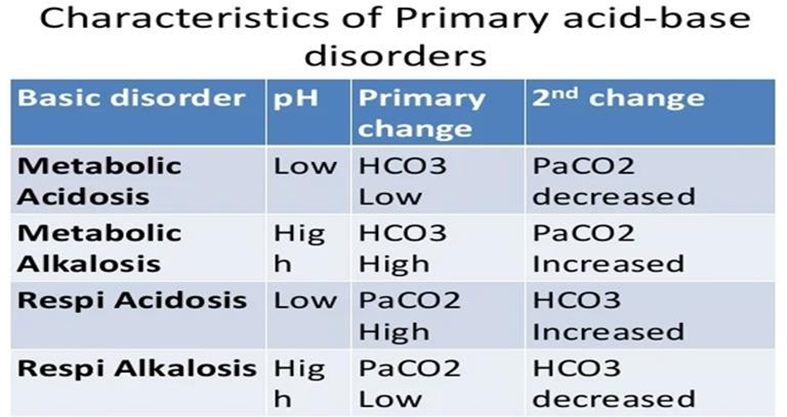The nurse recognizes that the patient who might have the most difficult time coping with a stressor is the one who:
is scheduled for a biopsy.
needs to relocate to an assisted-living facility.
researches and understands the stressor.
Is experiencing a number of stressors at the same time.
The Correct Answer is D
D. Experiencing multiple stressors simultaneously can overwhelm an individual's coping resources and make it more difficult to effectively manage stress. Coping with multiple stressors can lead to feelings of being overwhelmed, heightened anxiety, and decreased ability to cope with each stressor individually.
A. Undergoing a biopsy can be a stressful experience due to uncertainty about the results and fear of the procedure itself. However, the level of difficulty in coping with this stressor can vary among individuals depending on factors such as their coping mechanisms, social support, and previous experiences with medical procedures.
B. Relocating to an assisted-living facility can be a significant life transition, involving changes in living arrangements, loss of independence, and adjustment to a new environment. This stressor can be particularly challenging for individuals who have strong attachments to their current living situation or who are facing health-related issues that necessitate the move.
C. Understanding and researching the stressor can sometimes help individuals cope better by providing knowledge and a sense of control. However, this does not necessarily make coping with the stressor easier, especially if the stressor itself is significant or if the individual lacks adequate support or resources to manage it effectively.
Nursing Test Bank
Naxlex Comprehensive Predictor Exams
Related Questions
Correct Answer is B
Explanation
B. Utilizing an interpreter allows for direct verbal communication between the nurse and the client in their primary language. This ensures accurate transmission of information and facilitates a better understanding of complex concepts. An interpreter can help bridge the language gap and facilitate effective communication during the teaching process.
A. Demonstrations can be effective for teaching clients, regardless of language barriers, as they rely on visual cues and hands-on learning. By demonstrating a procedure or technique and then asking the client to perform a return demonstration, the nurse can assess the client's understanding and competency. This method can be particularly useful when language barriers are present because it relies less on verbal communication.
C. Visual teaching aids, such as diagrams, pictures, charts, and videos, can be powerful tools for conveying information to clients with different primary languages. Visual aids are universal and can help overcome language barriers by presenting information in a way that is easily understood regardless of language proficiency. Using visual aids can enhance comprehension and retention of key concepts.
D. Providing written materials in the client's primary language can be helpful for reinforcing verbal instructions and providing reference materials for the client to review independently. Written materials allow clients to review information at their own pace and refer back to it as needed. However, it's important to ensure that the written materials are accurately translated and culturally appropriate for the client.
Correct Answer is D
Explanation
D. In metabolic acidosis, the pH would be low (acidemic) and the HCO3 level would be below the normal range. In the provided ABG results, the pH is low (acidemic) and the HCO3 level is below the normal range, indicating metabolic acidosis.
A. In respiratory alkalosis, the pH would be elevated (alkalotic) and the PaCO2 would be below the normal range (hypocapnia). However, in the provided ABG results, the pH is low (acidemia) rather than high, ruling out respiratory alkalosis.
B. In respiratory acidosis, the pH would be low (acidemic) and the PaCO2 would be above the normal range (hypercapnia). However, in the provided ABG results, the PaCO2 is within the normal range, ruling out respiratory acidosis.
C. In metabolic alkalosis, the pH would be elevated (alkalotic) and the HCO3 level would be above the normal range. However, in the provided ABG results, the pH is low (acidemic) and the HCO3 level is below the normal range, ruling out metabolic alkalosis.

Whether you are a student looking to ace your exams or a practicing nurse seeking to enhance your expertise , our nursing education contents will empower you with the confidence and competence to make a difference in the lives of patients and become a respected leader in the healthcare field.
Visit Naxlex, invest in your future and unlock endless possibilities with our unparalleled nursing education contents today
Report Wrong Answer on the Current Question
Do you disagree with the answer? If yes, what is your expected answer? Explain.
Kindly be descriptive with the issue you are facing.
